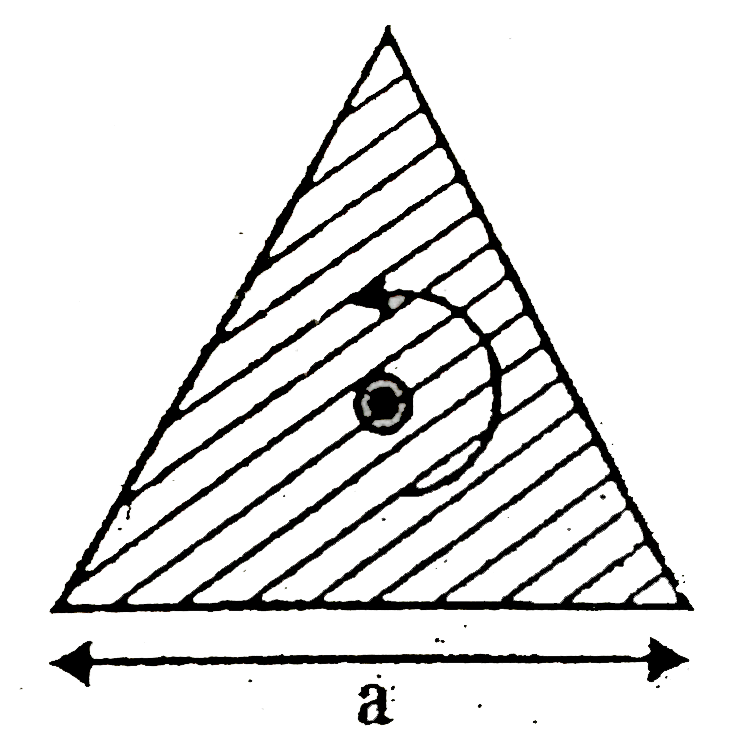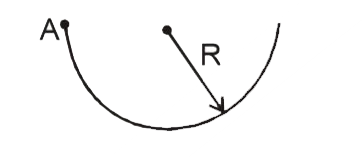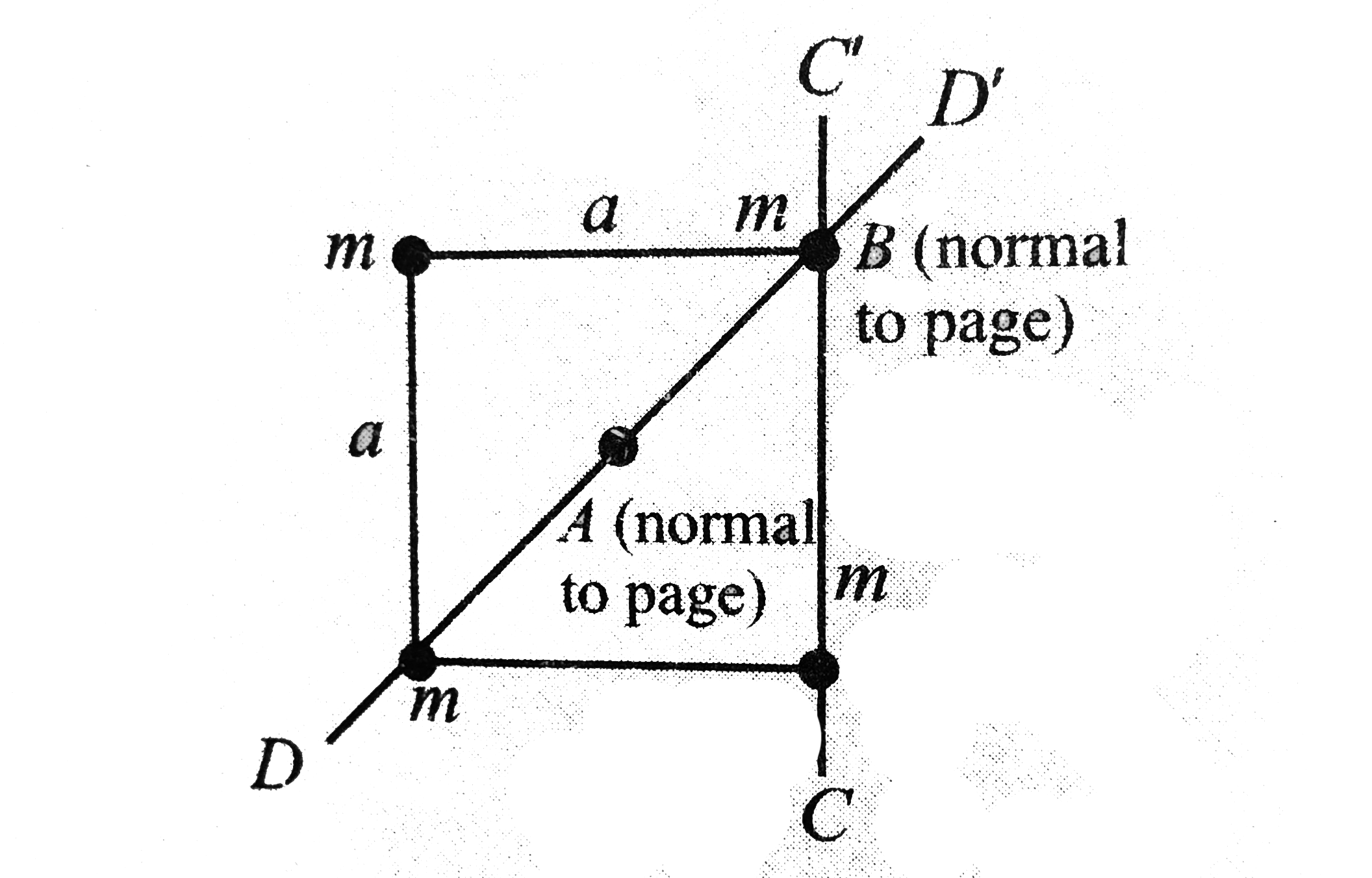When cleavage furrow bisects both poles of the egg passing through the animal-vegetal axis, the plane of cleavage is called
Meridional
Equatorial
Vertical
Horizontal
Step-by-Step Solution:
1. Understanding Cleavage: Cleavage is the process of cell division that occurs in the zygote after fertilization. It is essential for the development of the embryo.
2. Types of Cleavage: There are several types of cleavage patterns based on how the cleavage furrow divides the zygote:
- Meridional Cleavage: This type of cleavage occurs when the cleavage furrow passes through the middle of the zygote, dividing it into two equal halves along the median axis (animal-vegetal axis).
- Equatorial Cleavage: In this type, the cleavage furrow divides the zygote horizontally, passing through the equator of the zygote.
- Vertical Cleavage: This cleavage occurs when the furrow cuts the zygote in any direction but does not necessarily pass through the median axis.
- Horizontal Cleavage: Similar to equatorial, but it does not pass through the middle of the zygote.
3. Identifying the Correct Cleavage Type: The question specifies that the cleavage furrow bisects both poles of the egg and passes through the animal-vegetal axis. This description matches the definition of meridional cleavage, where the cleavage furrow divides the zygote into two equal halves along the vertical axis.
4. Conclusion: Therefore, the plane of cleavage when the cleavage furrow bisects both poles of the egg passing through the animal-vegetal axis is called meridional cleavage.
Final Answer: Meridional Cleavage
---
- Meridional Cleavage: This type of cleavage occurs when the cleavage furrow passes through the middle of the zygote, dividing it into two equal halves along the median axis (animal-vegetal axis).
- Equatorial Cleavage: In this type, the cleavage furrow divides the zygote horizontally, passing through the equator of the zygote.
- Vertical Cleavage: This cleavage occurs when the furrow cuts the zygote in any direction but does not necessarily pass through the median axis.
- Horizontal Cleavage: Similar to equatorial, but it does not pass through the middle of the zygote.
Topper's Solved these Questions
- HUMAN REPRODUCTION BOOK - CENGAGE BIOLOGY ENGLISHCHAPTER - HUMAN REPRODUCTION EXERCISE - Assertion -Reasoning Question
16 Videos
- HUMAN HEALTH AND DISEASEBOOK - CENGAGE BIOLOGY ENGLISHCHAPTER - HUMAN HEALTH AND DISEASEEXERCISE - ARCHIVES
46 Videos
- MICROBES IN HUMAN WELFAREBOOK - CENGAGE BIOLOGY ENGLISHCHAPTER - MICROBES IN HUMAN WELFAREEXERCISE - ARCHIVES
26 Videos
Similar Questions
A uniform equilateral triangular lamina of side a has mass m. Its moment of inertia about the axis passing through the centroid and prependicular to the plane of the lamina is :-

View SolutionA ring rotates with angular velocity ω about an axis perpendicular to the plane of the ring passing through the center of the ring.A constant magnetic field B exists parallel to the axis.Find the emf induced in the ring.

View SolutionA vector →n is inclined to x-axis at 45∘, to y-axis at 60∘ and at an angle to z-axis. If →n is a normal to the plane passing through the point (√2,−1,1), then the equation of plane is
View SolutionBody can be divided into identical halves in many planes, passing through central axis in
View SolutionA uniform rod of mass m is bent into the form of a semicircle of radius R. The moment of inertia of the rod about an axis passing through A and perpendicular to the plane of the paper is

View SolutionA uniform rod of mass m is bent into the form of a semicircle of radius R. The moment of inertia of the rod about an axis passing through A and perpendicular to the plane of the paper is

View SolutionA metal disc of radius R rotates with an angular velcoity ω about an axis perpendiclar to its plane passing through its centre in a magnetic field B acting perpendicular to the plane of the disc. Calculate the induced emf between the rim and the axis of the disc.
View SolutionThe square structure shown in Fig. consists of lour point masses connected by rods of negligible Find the moment of inertia of the structure about the following axes: (a) axis A, passing through the centre of the structure and normal to its plane, (b) axis B passing through one of the point masses and normal to the plane of the structure, (c) axis CC', passing through two adjacent point masses and (d) axis DD', along the diagonal of the structure.

View SolutionThe north of a bar magnet is moved towards a coil along the axis passing through the centre of the coil and perpendicular to the plane of the coil. The direction of the induced current in the coil when viewed in the direction of the motion of the magnet is
View SolutionA ring rotates with angular velocity ω about an axis perpendicula to the plane of the ring passing through the center of the ring (Fig. 3.77). A constant magnetic field B exists parallel to the axis. Find the emf induced in the ring.

View Solution
